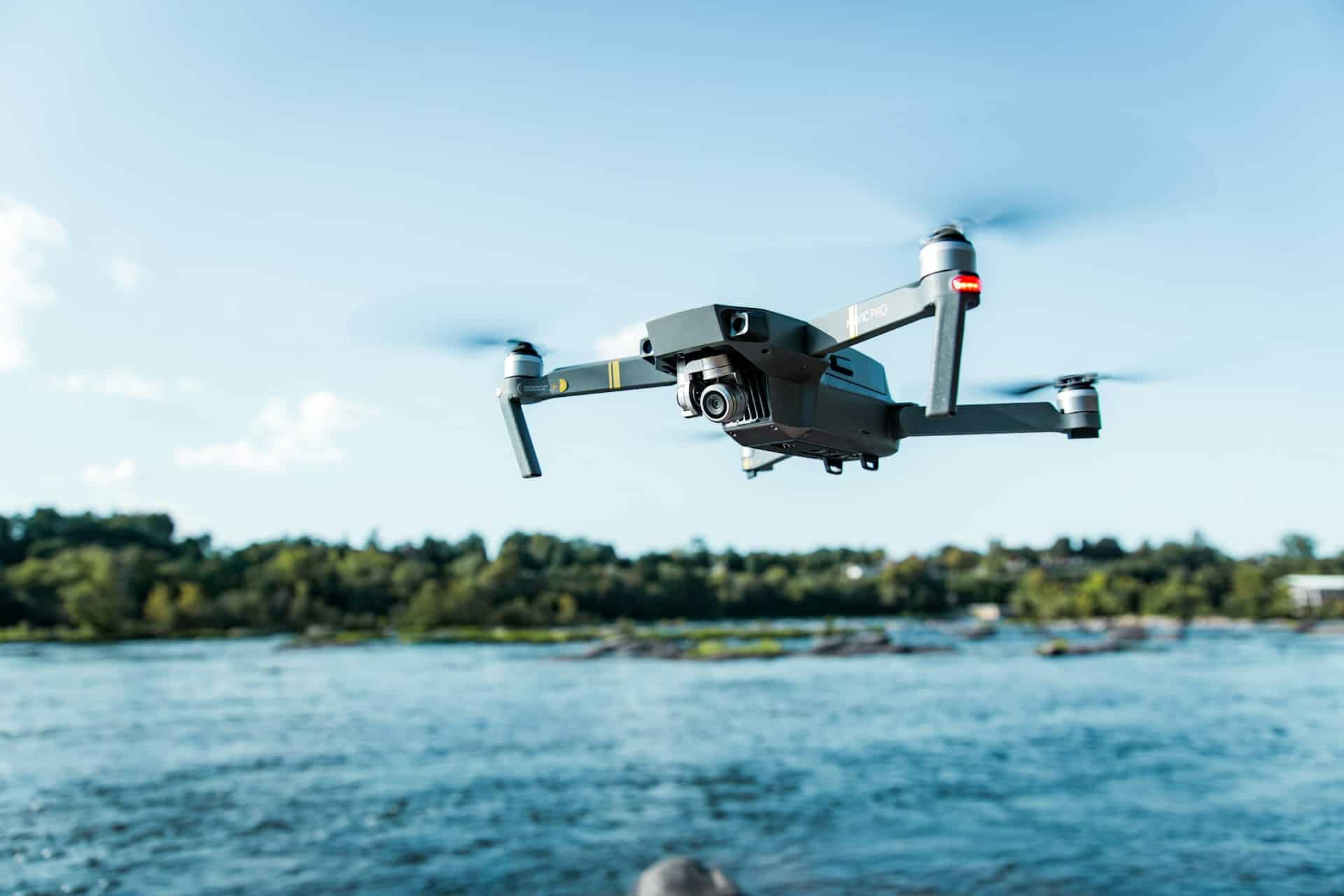As the world keeps progressing, technology continues to evolve, making tasks easier, more precise, and efficient. One intriguing piece of technology that has taken the world by storm is the advent of drones. Initially utilized primarily in the military, drones, or Unmanned Aerial Vehicles (UAVs), have found their utility in numerous areas. One such area where drones are promising a revolution is urban infrastructure maintenance.
The role of drones in urban infrastructure planning and development
Urban infrastructure is a broad term that encompasses the physical structures and systems upon which cities rely, including buildings, roads, bridges, and utilities. Planning and developing this intricate web of urban infrastructure is a complex task, requiring meticulous data collection, analysis, and management.
En parallèle : What are the opportunities and risks of ai in the financial services industry?
Traditionally, the task of data collection has been carried out manually, consuming significant time and resources. However, the use of drones in this area can potentially revolutionize the process. Equipped with high-resolution cameras and sensors, drones can collect data from vast areas quickly and efficiently. This data can then be analyzed using advanced software, aiding in precise urban planning and development.
Furthermore, drones can provide aerial views of proposed construction sites, giving city planners a comprehensive perspective that would be otherwise challenging to achieve. This instantly provides an understanding of the surrounding environment and terrain, contributing to sound and informed decision-making.
Cela peut vous intéresser : What is the role of robotics in enhancing healthcare services?
Drones and urban infrastructure inspections
The maintenance and safety of urban infrastructure are paramount to the well-being of cities. Regular inspections are crucial to ensure the longevity and safety of these structures. However, these inspections often involve accessing difficult, high-risk areas, posing safety concerns for the workers involved.
In this context, drones have emerged as a practical solution. Drones can easily and safely access difficult-to-reach areas, providing high-resolution images for detailed inspection. Drones equipped with thermal imaging cameras can detect heat anomalies, identifying potential problems before they become critical. Moreover, due to their ability to collect data remotely, drones significantly reduce the risk to human life during these inspections.
Drones in urban infrastructure construction
In the arena of urban infrastructure construction, time is of the essence. Delays in construction can lead to inflated costs and missed deadlines, impacting the overall project. Here again, drones can play an instrumental role.
Drone technology can help monitor construction sites in real-time, allowing project managers to track progress and identify any potential issues. This real-time monitoring can ensure that projects stay on schedule and within budget. Moreover, drone footage can be used for marketing purposes, providing stakeholders with an aerial view of the ongoing work.
Drones in urban infrastructure management
Urban infrastructure management requires regular monitoring and maintenance of the city’s physical structures and systems. This is a monumental task, requiring considerable manpower and resources. However, the use of drones can significantly streamline this process.
Equipped with advanced sensors, drones can monitor the health of infrastructure components continually, providing real-time data for effective management. They can identify potential issues, such as cracks in bridges or damage to utility lines, allowing timely intervention and repair. This proactive approach can help cities avoid catastrophic failures and save considerable resources in the long run.
The future of drones in urban infrastructure
As drone technology continues to advance, the possibilities for their application in urban infrastructure are ever expanding. The integration of Artificial Intelligence (AI) with drones will further enhance their capabilities, allowing for more sophisticated data analysis and autonomous operation.
It’s clear that drones will play a critical role in the future of urban infrastructure. They offer a promising solution to many of the challenges associated with urban infrastructure maintenance, providing a safer, more efficient, and cost-effective alternative to traditional methods.
However, it’s important to note that the adoption of drone technology also comes with its set of challenges, including privacy concerns, regulatory issues, and the need for skilled operators. These issues must be addressed proactively to harness the full potential of this technology for urban infrastructure maintenance.
As technology continues to evolve, drones are promising a revolution in the realm of urban infrastructure. With the right policies and practices in place, drones can help cities manage their infrastructure more effectively, ensuring their sustainability and resilience in the face of future challenges.
Drones as Air Taxis in Urban Areas
The concept of air taxis is no longer a futuristic dream. Drone technology has progressed to the point where it has the potential to revolutionize urban transport. As congestion continues to choke city streets, the idea of using the sky as a transport route is increasingly appealing. Drones, with their vertical take-off and landing capabilities, could offer a solution.
In the context of urban development, the use of drones as air taxis would require the integration of drone technology with urban planning and traffic management. Drones would need to operate within designated air corridors, avoiding buildings and other obstacles. This would require the collection of high-resolution data, for which drones are ideally suited.
Moreover, the use of drones as air taxis could also contribute to urban sustainability. Electrically powered drones are a far more environmentally friendly mode of transport than conventional vehicles, reducing both air and noise pollution.
However, the implementation of drone air taxis faces a number of challenges. These include regulatory issues, safety concerns, and the requirement for a new infrastructure to support their operation. Despite these issues, the potential benefits of drone air taxis make it a development worth pursuing.
Drones and Urban Infrastructure: The Conclusion
As we look to the future, it’s clear that drones will play an increasingly important role in the maintenance, planning, and development of urban infrastructure. From data collection to real-time monitoring, from infrastructure inspections to construction, drones offer a more efficient, cost-effective, and safer alternative to traditional methods.
Drone technology also brings promising prospects in the field of urban transport with the concept of air taxis. Although it comes with its own set of challenges, it signifies a step towards sustainable urban development.
However, it’s vital that these advancements do not come at the expense of privacy, security, and regulatory compliance. Measures need to be put in place to ensure that the use of drones respects the rights of individuals and operates within a clearly defined legal framework.
As we move further into the 21st century, the integration of drones into our urban spaces seems inevitable. The potential benefits of this technology are too significant to ignore. With careful planning, considered regulations, and responsible use, drones could revolutionize the way we plan, build, and maintain our cities.
As we stand here on the 23rd of November, 2023, we can only anticipate the promising prospects that drone technology holds for urban infrastructure around the globe.











